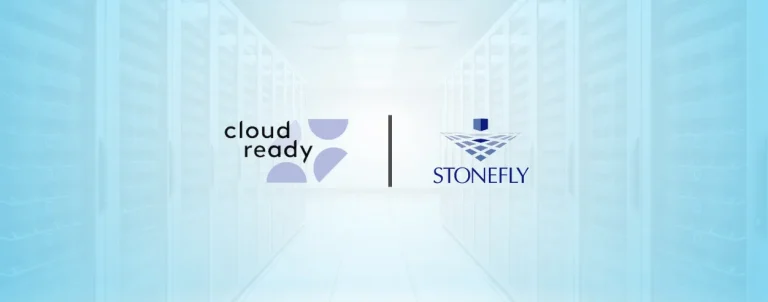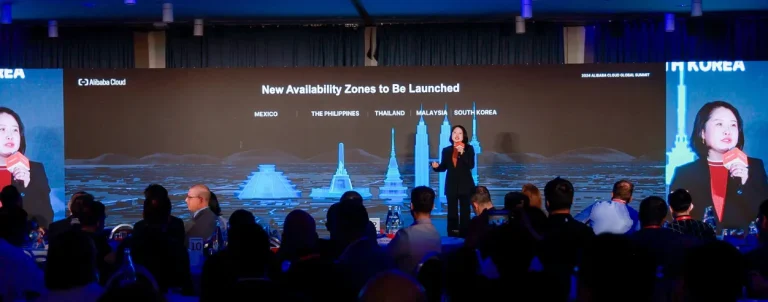Singapore – Intelligent data infrastructure firm NetApp has recently unveiled the latest enhancements to the company’s data and storage services, which include capabilities designed for strategic cloud workloads, including GenAI and VMware.
These improved offerings are aimed at reducing the resources and risks for customers managing these strategic workloads across increasingly complex hybrid multi-cloud environments.
In particular, the said capabilities encompass an intelligent data infrastructure service called NetApp BlueXP Workload Factory for AWS. The offering leverages defined industry best practices to automate the planning, provisioning, and management of cloud resources and services for key workloads, including GenAI, VMware cloud environments, and enterprise databases.
Another service offering that was introduced by the company is the NetApp GenAI Toolkit, Microsoft Azure NetApp Files Version. In this setup, customers can now include private enterprise data stored in Azure NetApp Files in their retrieval-augmented generation (RAG) workflows in a secure, programmatic manner. This leads to an enhanced ability to generate unique, high-quality, and ultra-relevant results from GenAI projects by combining their proprietary data with pre-trained, foundational models (FMs).
In addition, NetApp also launched the Amazon Bedrock with Amazon FSx for the NetApp ONTAP Reference Architecture. For this initiative, the firm released a joint reference architecture that provides guidance for customers on implementing RAG-enabled workflows that bring proprietary data stored on Amazon FSx for ONTAP into their GenAI data pipelines. Amazon FSx, on the other hand, makes it easy and cost-effective to launch, run, and scale feature-rich, high-performance file systems in the cloud.
AWS further announced the next-generation Amazon FSx for ONTAP cloud storage service with enhanced capabilities to boost scalability and flexibility to provide up to 6 GB per second of throughput for a single highly available (HA) pair from 512 TiB of SSD storage. These next-gen file systems offer virtualized workloads more room to grow with a 300% increase in network burst throughput and a 150% boost in disk burst throughout.
Lastly, the company has also introduced its new BlueXP Disaster Recovery Support for VMFS, which provides guided workflows to design and execute automated disaster recovery plans for VMware workloads across both on-premises and cloud environments. This has been expanded to support VMFS datastores for on-premises to on-premises disaster recovery.
Commenting about these new capabilities, Pravjit Tiwana, senior vice president and general manager, cloud storage at NetApp, said, “Strategic workloads, including GenAI and virtualized environments, are driving business innovation and have increasingly complex and resource-intensive infrastructure requirements that are pushing IT teams to the limit.”
“NetApp is helping customers take back control of their data with intelligent data infrastructure that leverages unified data storage, integrated data services, and automated cloud operations. Even when they are up against specific and nuanced technology requirements for modern workloads, NetApp gives them the tools they need to optimise and simplify their data operations in their environments across the hybrid multi-cloud,” he added.
Matthew Swinbourne, CTO of cloud architecture at NetApp Asia Pacific, also said, “Enterprises in APAC are eager to tap the innovative power of GenAI and virtualized environments, yet they are often held back by complexity, security, and cost constraints.”
“The range of enhancements announced by NetApp today aims to address challenges like these. With a robust, intelligent data infrastructure, APAC organisations will be able to harness their entire data estate, maximise their GenAI investments, and usher in a new era of innovation,” concluded Matthew.












